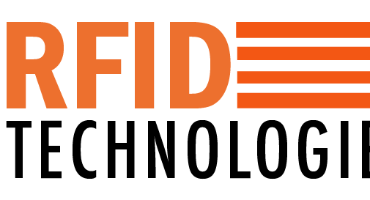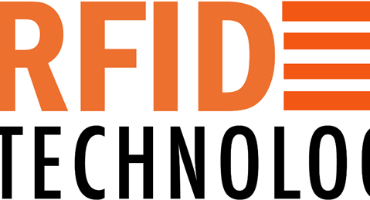Optimization is a key focus for supply chain companies in the wake of everything they experienced over the past few years. In 2022 alone, we saw ongoing COVID-19 lockdowns in China, the Russian invasion of Ukraine and a slowdown in U.S. rail service — all of which slowed the bounce-back of resources from the worst of the disruption caused by the pandemic.
Fortunately, the wider implementation of Internet of Things (IoT) technologies such as radio-frequency identification (RFID) provides organizations with better end-to-end supply chain visibility than ever before. As a result, they’re well-positioned to optimize their processes and get more done with the same or fewer resources.
Meanwhile, labor is in especially short supply, and sustainability is rising to the top of many company agendas. Finding a new normal for the supply chain industry will rely heavily on implementing tools and technologies that help the remaining workers do their jobs more quickly and efficiently while reducing operational emissions and waste.
RAIN UHF RFID is particularly suited to solving these and other supply chain challenges. For example, by simplifying processes, it can help reduce time spent on manual tasks and shorten the employee onboarding process. By providing real-time visibility across the supply chain, it can help reduce product waste and cut CO2 emissions.
The RFID technology’s capabilities are proving attractive to supply chain companies, as our recent survey showed. Just 3% of respondents indicated their company had no plans for adopting RFID technology.



